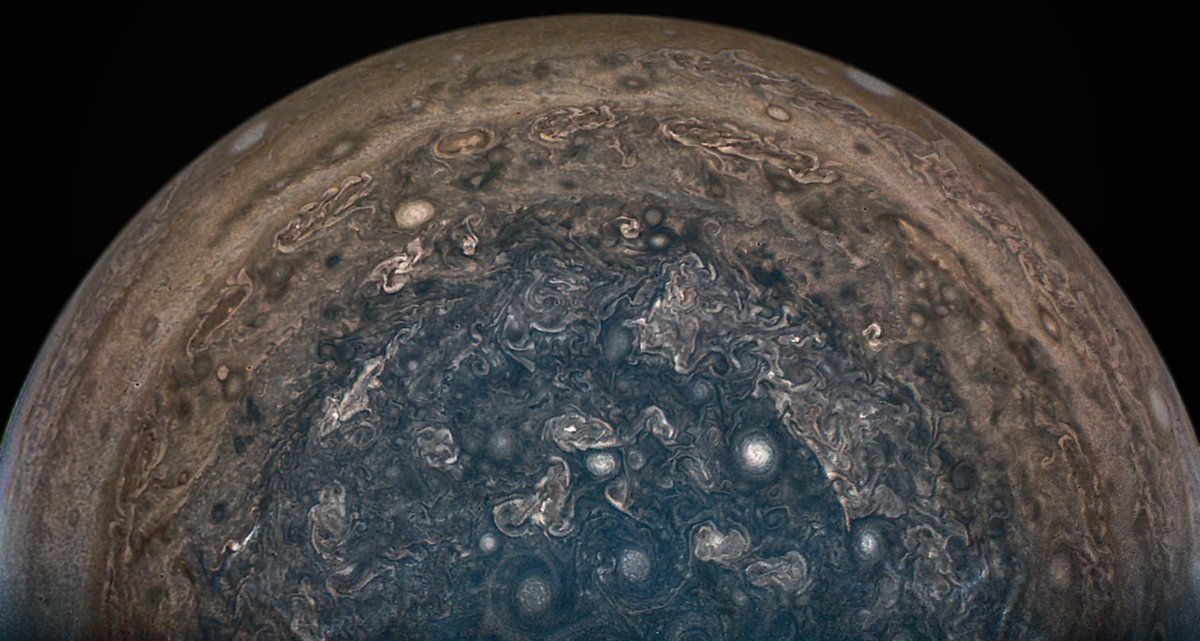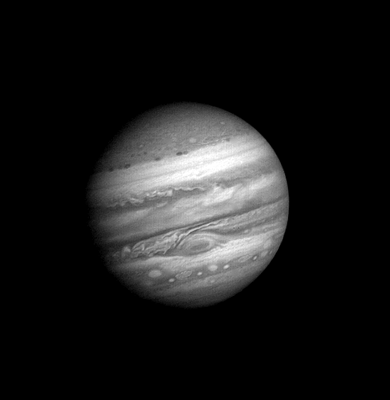Insane Metal
Member
This shot is interesting and seems to be the closest to the planet atm. It makes me wonder if the camera isn't calibrated to see the cloud layers properly, or if Jupiter's cloud layers are a lot less defined when closer than we originally thought. I'll admit I was envisioning something much similar to Sagan's old art from Cosmos:
But maybe it's much more smoggy and liberal in its definition down there.
That picture is at Jupiter's north pole, where cloud layers are much less pronounced. It's so different, that almost looks like liquid... haha







